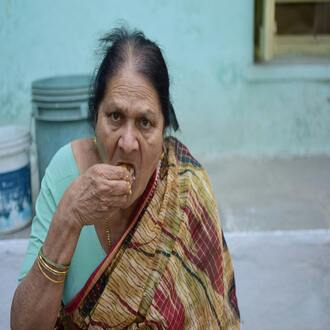Transcription Diabetes in the elderly
Diabetes is a chronic disease that affects millions of people worldwide, and its incidence increases significantly in older age. As people age, the risk of developing type 2 diabetes, the most common form of diabetes in the elderly, increases due to a number of factors.
In this session, we will explore in depth diabetes in the elderly, its causes, symptoms, prevention methods and management options.
Introduction to Diabetes in the Elderly
The development of diabetes in the elderly can be influenced by multiple factors, including:
- Genetic Factors: Genetic predisposition can increase the risk of type 2 diabetes.
- Lifestyle: An unhealthy diet and lack of physical activity may contribute to the development of the disease.
- Aging: The aging process can affect insulin sensitivity and pancreatic function.
- Obesity: Excess weight is a major risk factor for type 2 diabetes.
Symptoms of Diabetes in the Elderly
Symptoms of diabetes in older people can vary, and some of the most common include:
- Increased Thirst and Urination: Frequent need to drink water and urinate is a classic symptom.
- Fatigue: Lack of energy and unexplained fatigue can be signs of diabetes.
- Unintentional Weight Loss: Despite a good appetite, unexplained weight loss can be a sign.
- Blurred Vision: Diabetes can affect eye health.
- Slowly Healing Wounds: Poor wound healing can be a sign of diabetes.
Preventing Diabetes in the Elderly
Preventing type 2 diabetes in the elderly is essential to improving quality of life. Some key strategies include:
- Healthy Diet: Adopting a diet rich in fruits, vegetables, whole grains and controlling sugar and fat intake is critical.
- Regular Exercise: Staying physically active helps control blood sugar and improves insulin sensitivity.
- Weight Control: Maintaining a healthy body weight is crucial
diabetes




